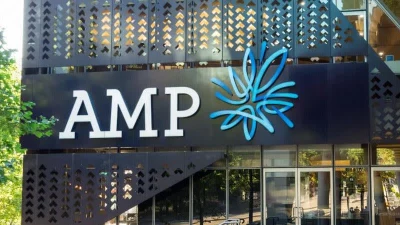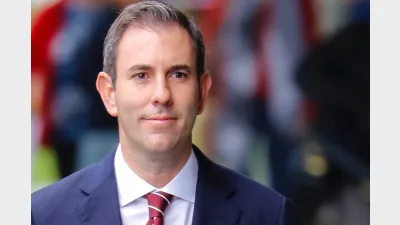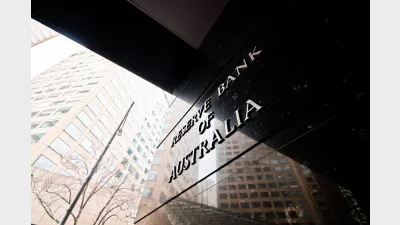Opt-out super a ‘blatant tax grab’: ISA



Workers in New South Wales would be hit with an extra $1.3 billion in tax a year if the proposal to allow workers earning less than $50,000 could opt out of superannuation, according to Industry Super Australia (ISA).
ISA said the proposal by backbench Coalition members of parliament would affect over 1.3 million people with the average NSW worker earning less than $50,000 hit with a tax bill of over $1,000 a year.
ISA chief executive, Bernie Dean, said opt-out super was a “blatant tax grab” to prop up the government’s budget bottom line at the expense of NSW workers retirement savings.
“It’s bad for the economy and bad for NSW. Local NSW MPs need to call out this proposal for what it is or explain to their constituents why they support them paying more tax for no gain,” he said.
ISA noted that workers in federal electorates of Sydney, North Sydney, Grayndler, and Kingsford Smith be lumped with the largest tax bill.
“The numbers show the opt-out super policy props up the government’s bottom line at the expense of working Australians’ retirement. But even the government’s windfall would be short lived,” ISA said.
“The superannuation savings raid would force 4.3 million Australian – 1.3 million from NSW – to go onto or take more from the aged pension, a cost everyone would soon have to pay through higher taxes.”
ISA gave an example of a 30-year-old working mother earning $50,000, who took time out to raise children, would lose almost $300,000 from her super at retirement and would pay over $61,000 extra in tax.
A 30-year-old man on $50,000, with a continuous career, would lose $533,000 from their retirement savings and would pay over $113,000 in extra tax over his working life.
Recommended for you
Super trustees need to be prepared for the potential that the AI rise could cause billions of assets to shift in superannuation, according to an academic from the University of Technology Sydney.
AMP’s superannuation business has returned to outflows in the third quarter of 2025 after reporting its first positive cash flow since 2017 last quarter.
The major changes to the proposed $3 million super tax legislation have been welcomed across the superannuation industry.
In holding the cash rate steady in September, the RBA has judged that policy remains restrictive even as housing and credit growth gather pace.










When can we see the modelling on this one??? My calculator doesn't come up with the same results at all. And having been a single mother on much less than $50,000 a year, my immediate question is - how much more in her pocket does this single mother get if she's paid the SG 9% instead of it going into super? And btw, if she wasn't being paid the SG, why would she pay more in tax???